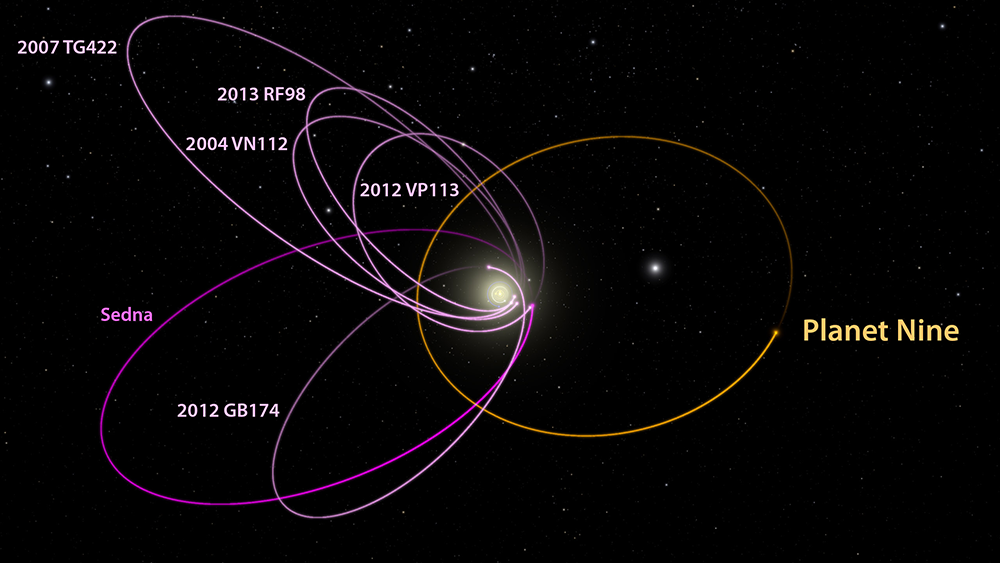The hypothetical Planet Nine, or “Planet X”; was allegedly discovered back in January of 2016 by two astronauts, Konstantin Batygin and Mike Brown (famed for his role in demoting Pluto from its rank as the ninth planet in 2005) reported they had documentation for a planet that’s possibly 1.5 times bigger than earth.
Located in the vast recesses of the outer solar system, this planet seems to be theoretical as no physical evidence has been brought forward to prove the existence of this planet. Scientists believe the theoretical Neptune-sized planet would circle the sun on a highly elliptical orbit, far beyond Pluto.
The planet would have a mass likely five to ten times of Earth and orbit about 20 to 30 times farther from the sun on average than Neptune, taking between 10,000 and 20,000 Earth years to make a singular full orbit around the sun.
If this planet indeed exists, it could aid in explaining the unique orbits of certain smaller objects in the distant Kuiper Belt, a region of icy debris that extends far beyond the orbit of Neptune.
The existence of this far-off world rests on gravitational patterns in the outer solar system, and again – the planet remains theoretical at this point. Batygin and Brown nicknamed the theoretical object “Planet Nine.” Although, the notion of an undiscovered large planet in the realm beyond Neptune has been investigated countless times in the past century. NASA does not take a position on the name used.
Astronomers studying the Kuiper Belt had noticed a couple of dwarf planets and other tiny, icy objects in that region tend to follow orbits that cluster together. By analyzing these orbits, the Caltech team predicted the possibility that a large, previously undiscovered planet may be hiding far beyond Pluto. They proposed that gravitational interactions with a potential giant planet might explain the unusual orbits of those Kuiper Belt objects.
































